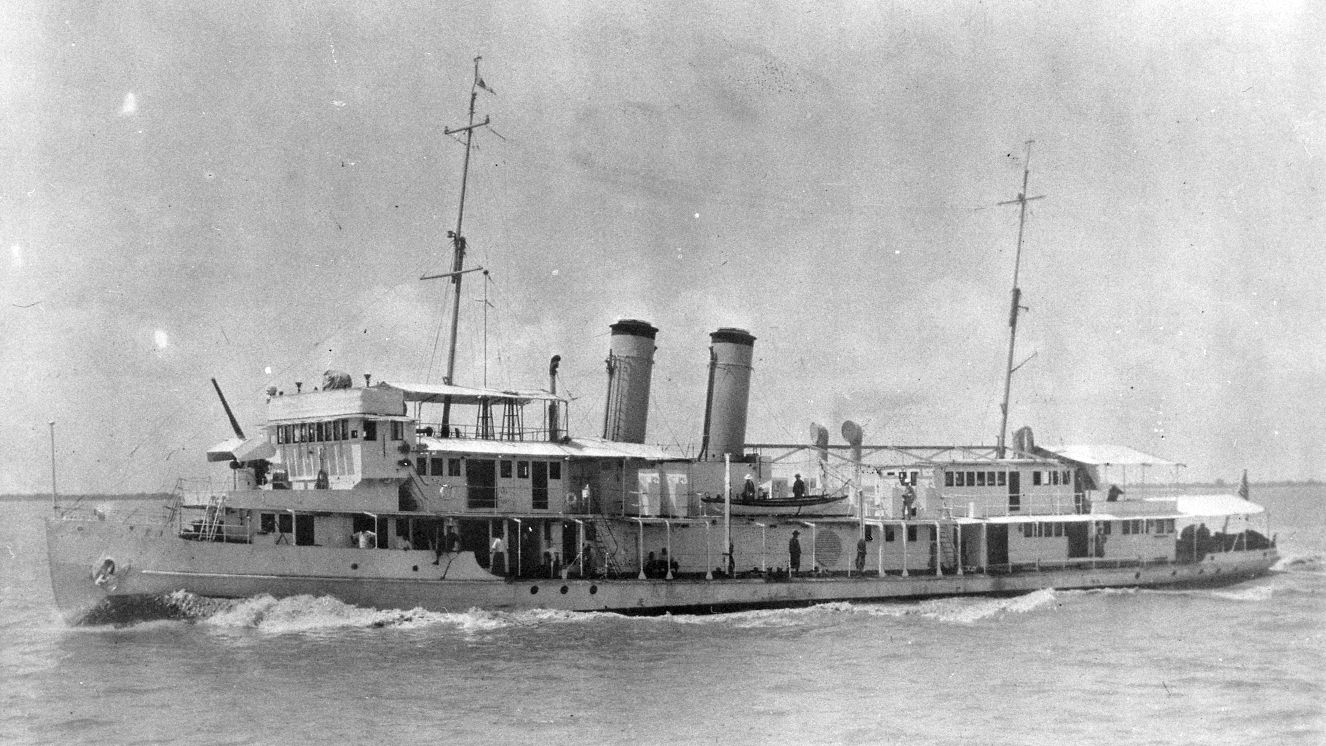THE FIREHAWK EMERGES AS THE LATEST FIREFIGHTING MACHINE

Battling the flames of wildfires requires an arsenal of resources at the ready: water, fire retardant, firefighters, and, of course, aircraft. To fight the flames of these relentless wildfires, California is recruiting the best of the best. Coming to the rescue and swooping into battle is the Firehawk, a black and yellow firefighting machine also known as the “super chopper.” Bearing a close resemblance in name, the Firehawk was originally born as a Black Hawk helicopter but is now tasked with a completely different purpose. The newly converted Black Hawk is equipped with a 1,000-gallon belly tank and is outfitted with firefighting equipment to aid in its mission. What makes the Firehawk truly unique is its ability to fight fires throughout the night and quickly stop devastating wildfires in a flash. Let’s take a closer look at the newest addition to the CAL FIRE fleet, including what makes this multi-mission aircraft ideal for fighting wildfires. More like this:The Army’s Plan To Modernize the Apache Helicopter Remains Uncertain
From Black Hawk to Fire Hawk: The Conversion Process
So, how exactly does one take a Black Hawk and convert it into a firefighting workhorse? Well, it all starts at United Rotorcraft in Englewood, Colorado. Built by Sikorsky Aircraft Corporation, the Firehawk comes off the production line as a fully operational Black Hawk. They are then shipped to United Rotorcraft, where the transformation process initiates. The reconstruction process takes an estimated six to eight weeks, as every Firehawk helicopter is custom built and reconfigured to meet desired specifications. While there is a standard conversion package, it’s exceedingly rare that two come out alike since United Rotorcraft outfits the helicopters with custom configurations. Originally designed for military combat, the Firehawk’s high performance and power capabilities make it ideal for CAL FIRE’s firefighting mission. The Sikorsky s-70 Firehawk price is estimated to be around $24 million per aircraft, with each additional feature added by CAL FIRE increasing the price tag.
Rescue Missions and Fighting Wildfires
Fighting fires and performing rescue missions go hand-in-hand. The Firehawk is outfitted with a rescue hoist that can lift up to 600 pounds from 100 feet. A massive searchlight and PA siren system allow the chopper to alert people of a ground drop and make communication through smoke and flames easier. Many of the workers constructing the Firehawks are former military members who’ve transitioned into a career in aircraft design and construction. When asked about their job, employees express the pride and fulfillment they receive in constructing these helicopters knowing that they’re helping to save lives.
San Diego Unveils the Firehawk
San Diego Fire Rescue Department was the first to receive a S-70i Firehawk in December of 2019, making them the first department in the county with the capability to fight fire at night. There are several key features that make the Firehawk a firefighter’s dream. First is the retractable snorkel. This allows firefighters to fill the helicopter’s water tank in less than a minute, increasing the number of drops and decreasing the time it takes. Additionally, the Firehawk helicopters can carry up to 12 people (including three crew members) at a time. To store this new helicopter, the city of San Diego is building a 30,000-square-foot facility to house the Firehawk and protect it from the outside elements. To house the Firehawk crew, the city built the Air Ops Division Building to show their appreciation for this firefighting team. So far, five CAL FIRE bases have been approved for entry into the Firehawk program. These are located in Santa Clara, Humboldt, San Benito, Tehama, and San Bernardino counties. In late 2022, the Howard Forest Helitack Base in Mendocino County is scheduled to receive a Firehawk, too.
Battling the Oak Fire
So, what’s the Firehawk up to now? It’s finally resting as its battle with the relentless Oak Fire in California comes to an end. The Firehawk, which prides itself on night firefighting abilities, was flying around the clock to keep Californians safe. Night operations using the Firehawk have been carried out twice this year, now during the Oak Fire and earlier during the Electra Fire. Flying the Firehawk at night has been quite an adjustment for the CAL FIRE team, as night flying in the Firehawk requires pilots to learn much more information compared to the Huey helicopter. While the Firehawk changes the game, it also presents a certain set of challenges for the CAL FIRE team. To ensure the safety of the public and operators, the crew is working to obtain certifications to fly with special night vision goggles and is training in simulator rooms. With the recent wildfires, the well-being and safety of California residents are at the forefront of CAL FIRE team’s minds, and the FireHawk will always come to the rescue. Suggested read:4 Korean War Helicopters That Helped Preserve Democracy
Image: Hayden Stifflemire | RotorHub
BY LAUREN PIETTE
Editor at VeteranLife
Lauren Piette is a content strategist and editor at Military Brands, where she curates and polishes storytelling that informs, supports, and empowers the military community. With experience across digital content publication, SEO-driven content creation, and audience engagement, she blends strategic...
Credentials
Expertise
Lauren Piette is a content strategist and editor at Military Brands, where she curates and polishes storytelling that informs, supports, and empowers the military community. With experience across digital content publication, SEO-driven content creation, and audience engagement, she blends strategic...



